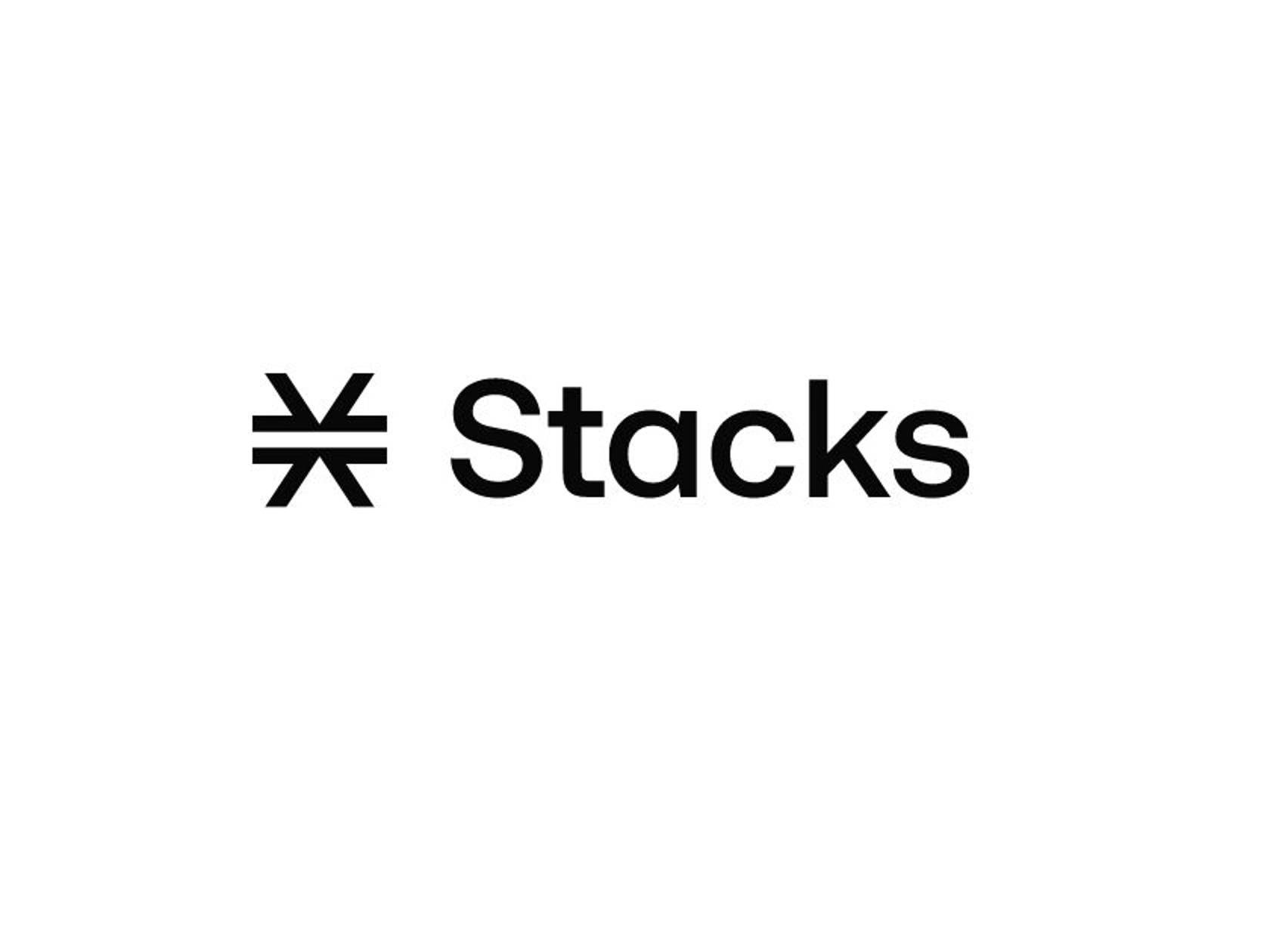위키 구독하기
Share wiki
Bookmark
Stacks
Stacks
Stacks는 탈중앙화 프로토콜로, 탈중앙화 앱과 스마트 계약이 비트코인을 자산으로 사용하고 비트코인 블록체인에서 거래를 처리할 수 있도록 합니다. 이 플랫폼은 스마트 계약 실행, 거래 처리, 새로운 디지털 자산 등록을 담당하는 Stacks (STX) 토큰에 의해 구동됩니다. 이 프로토콜은 2013년 Muneeb Ali와 Ryan Shea가 공동 설립했습니다. [1][2]
History
현재 Stacks로 알려진 Blockstack은 2013년 프린스턴 대학교에서 박사 과정 컴퓨터 과학 프로젝트로 시작되었습니다. 2014년, 이 프로젝트는 스타트업으로 전환되었고 Y Combinator로부터 인큐베이팅 지원을 받았습니다. [3]
Overview
Stacks 계층을 통해 애플리케이션과 스마트 계약은 BTC를 통화 또는 자산으로 사용하고 주요 비트코인 블록체인에서 거래를 수행할 수 있습니다.
Proof of Transfer
Stacks 계층은 STX와 BTC 모두에 의존하는 Proof of Transfer (PoX)라는 합의 메커니즘을 사용합니다. PoX 채굴자는 이미 채굴된 BTC를 사용하고 STX 보상을 받습니다. PoX는 채굴자가 BTC를 소비하여 입찰하고 입찰 가중치에 따라 리더가 될 확률이 결정된다는 점에서 작업 증명 (PoW)과 유사하게 작동합니다. 리더 선출은 비트코인 체인에서 이루어지며 새로운 블록은 Stacks 계층에 기록됩니다. 이러한 접근 방식을 통해 PoX는 비트코인 채굴자가 수행한 작업을 재사용할 수 있으며, Stacks 노드가 BTC를 사용하여 입찰하는 데 표준 노트북이나 컴퓨터를 실행하는 비용만 필요하기 때문에 상당한 추가 에너지 소비가 필요하지 않습니다. [4]

Stacks는 각 블록에 사용자 ID와 거래 메타데이터를 기록하며, 이는 Stacks 생태계의 모든 애플리케이션에서 사용됩니다. 비트코인과의 통합을 통해 Stacks ID 또는 지갑 잔액에 대한 변경 사항을 비트코인 블록체인에서 확인할 수 있습니다. 이는 Algorand가 Stacks를 위해 개발 및 테스트한 특수 언어를 사용하여 프로그래밍된 Stacks 스마트 계약에도 적용됩니다. [4][5]
Microblocks
Stacks 블록체인은 비트코인 블록체인에 연결되어 있으므로 비트코인의 10분 블록 시간에 제약을 받습니다. 이 문제를 해결하기 위해 Stacks 프로토콜은 마이크로블록을 구현하여 비트코인 블록 사이에 많은 거래를 처리할 수 있도록 합니다. 이러한 마이크로블록 내에서 완료된 거래는 이후 비트코인 블록체인에 기록됩니다. [6]
Clarity
Stacks는 스마트 계약에 Stacks 팀이 만든 Clarity 프로그래밍 언어를 사용합니다. 튜링 완전하지 않아 다른 언어만큼 다재다능하지는 않지만, Clarity는 예측 가능한 코드 기능을 통해 보안을 우선시합니다. 이 기능을 통해 개발자는 프로그램의 동작, 데이터 사용 및 운영 비용을 정확하게 결정할 수 있습니다. [7]
Team
Muneeb Ali와 Ryan Shea는 박사 과정 중에 Stacks를 시작했습니다. 연구 논문에서 스타트업, 그리고 생태계로 발전하면서 MIT, Harvard, Stanford와 같은 여러 대학의 컴퓨터 과학 전문가들이 팀에 합류했습니다. Stacks 프로토콜은 Hiro PBC에서 개발 및 업그레이드합니다. [3]
STX Token
STX는 Stacks 네트워크의 주요 디지털 통화로, 비트코인에 대한 스마트 계약을 지원하고, 공개 Stacks 네트워크의 채굴자에게 보상을 제공하며, STX 보유자에게 Stacking을 통한 비트코인 획득을 가능하게 합니다. [8]
Stacks 채굴자는 비트코인을 사용하여 리더 선출에 참여하고 새로 생성된 STX 토큰을 채굴합니다. STX 토큰을 잠금으로써 보유자는 Stacking이라는 과정을 통해 BTC 보상을 얻을 수 있습니다. 리더 선출 과정은 검증 가능한 난수 함수(VRF)를 사용하여 각 라운드의 리더를 무작위로 선택하며, 더 높은 BTC 입찰에 더 많은 가중치가 부여됩니다. 선택된 리더는 Stacks 블록체인에 새로운 블록을 기록합니다.
BTC 보상을 얻는 것 외에도 STX 채굴자는 STX로 지불되는 거래 및 계약 실행 수수료로 새로 생성된 STX 토큰을 받습니다. 채굴 비용은 BTC로 표시되며 채굴자는 리더 선출에 참여하기 위해 BTC를 소비합니다. BTC 입찰은 합의에 참여하는 STX 토큰 보유자에 해당하는 특정 주소로 전송됩니다. 이 과정을 통해 채굴 과정에서 소비된 BTC가 Stacks 보유자의 STX 보유량에 따라 보상으로 사용됩니다. [9]
잘못된 내용이 있나요?
